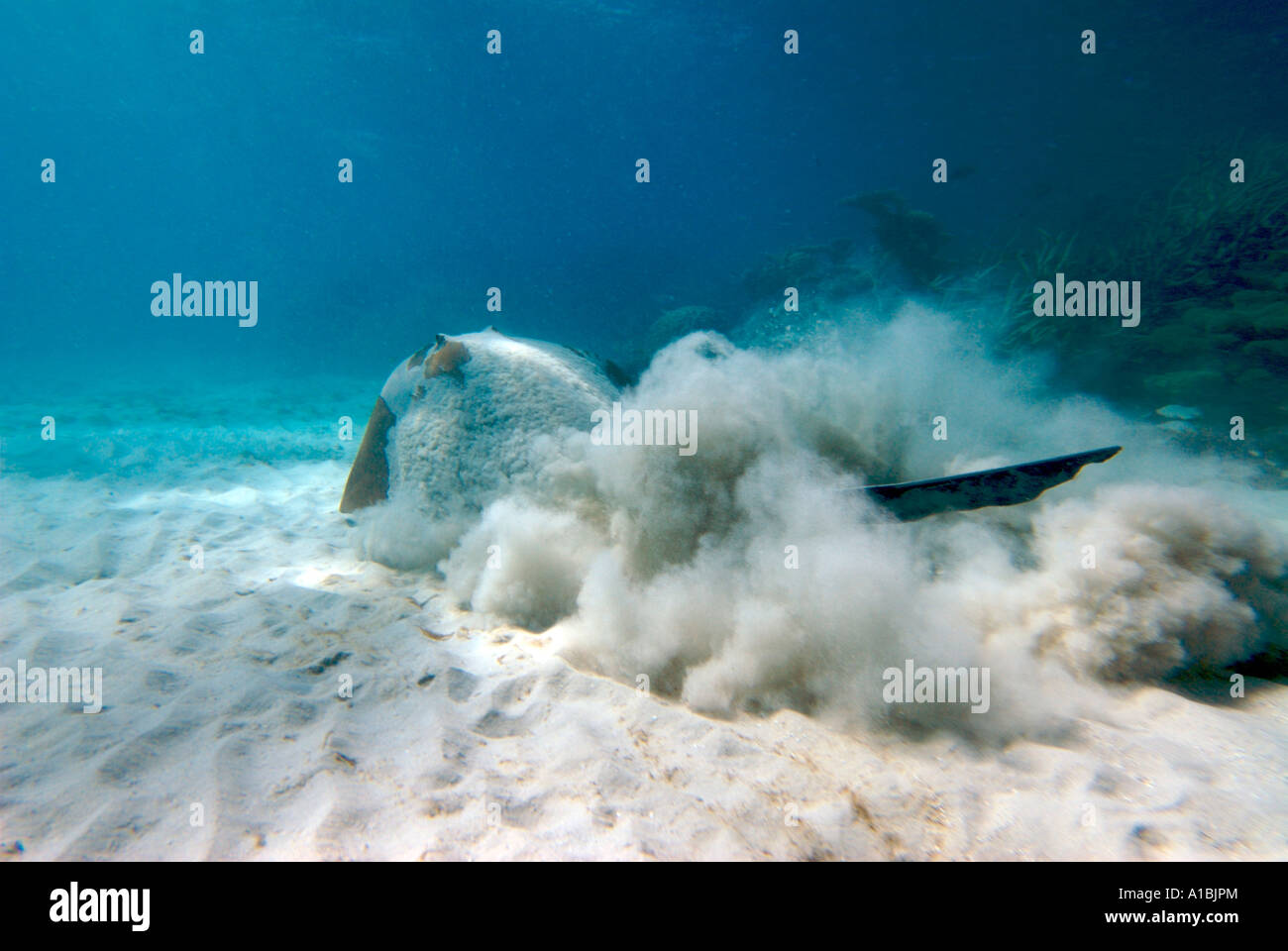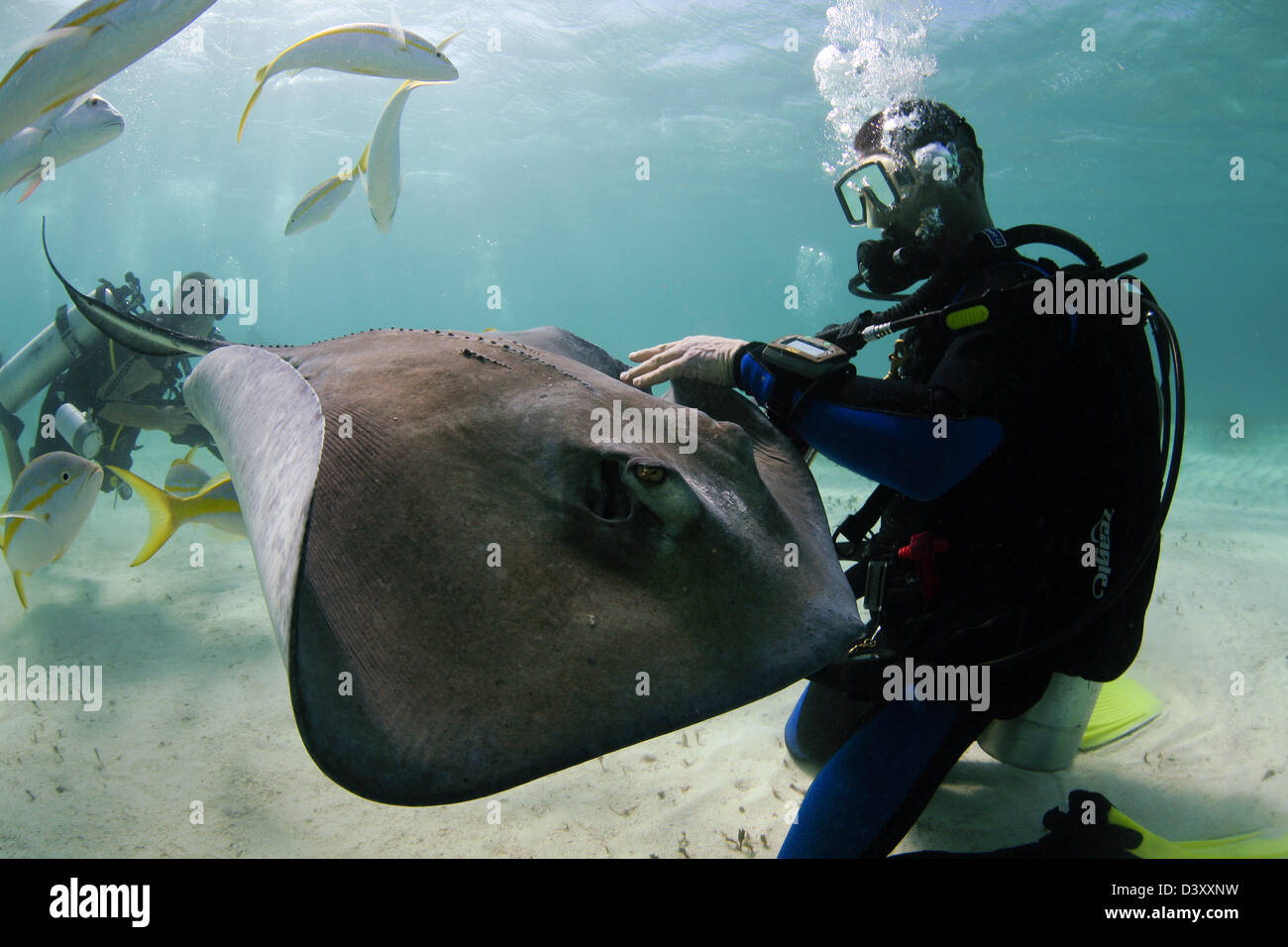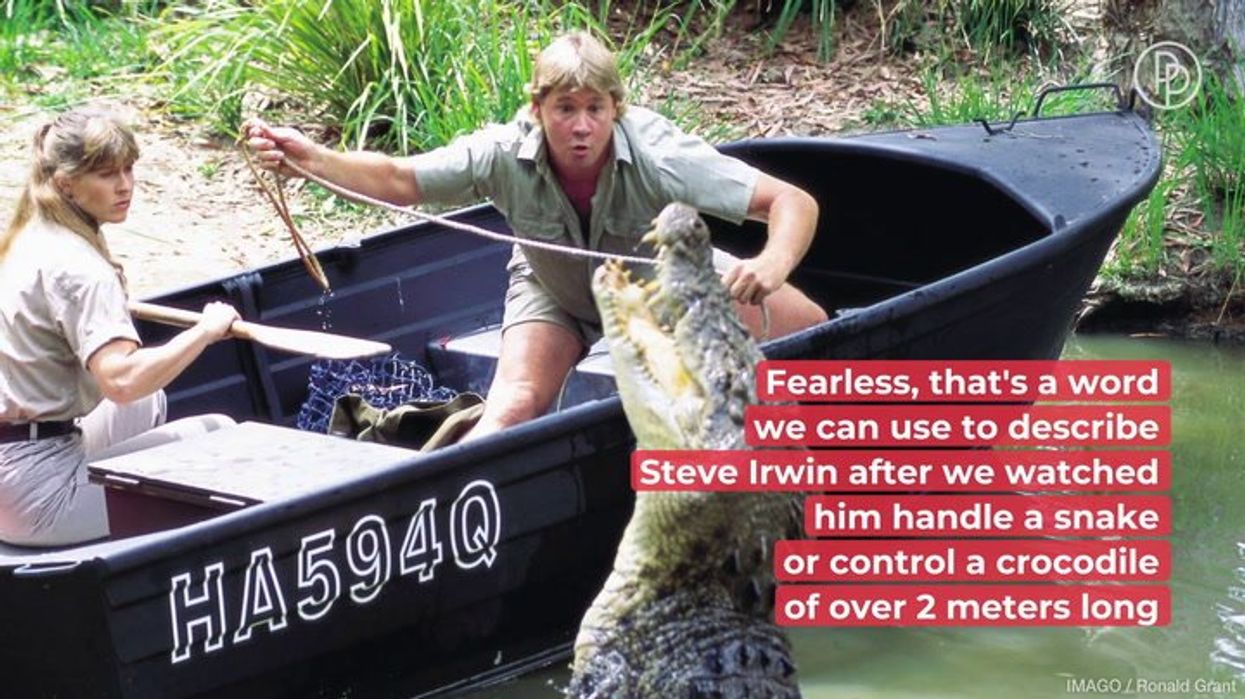Irwin Stingray: A Comprehensive Dive Into The Fascinating World Of This Marine Wonder
Let’s talk about one of the most mesmerizing creatures in the ocean—the Irwin Stingray. Imagine diving into the vast blue waters and encountering a graceful giant gliding effortlessly beneath you. That’s the magic of the Irwin Stingray. But what makes this marine wonder so special? Why should we care about its existence? And how can we protect it from the threats it faces in today’s world? Stick around, because we’re about to dive deep into the life, habitat, and importance of this incredible creature.
When you think of stingrays, you might picture a sleek, flat body with a long tail that could pack quite a punch. But the Irwin Stingray is not your average stingray. This majestic creature is a symbol of the ocean’s beauty and complexity. It’s named after Steve Irwin, the legendary conservationist, as a tribute to his work in marine preservation. If you’re a marine enthusiast or simply someone who loves nature, this article will give you a fresh perspective on why these rays deserve our admiration and protection.
Now, before we jump into the nitty-gritty details, let’s set the scene. Picture this: you’re snorkeling in the warm, turquoise waters of the Great Barrier Reef. Suddenly, a shadow passes beneath you. It’s an Irwin Stingray, its wingspan stretching wide as it gracefully moves through the water. This is just the beginning of an incredible journey into the world of one of the ocean’s most fascinating creatures.
Read also:The Ultimate Guide To The Green Goblin Villainy Legacy And Influence
What Exactly Is the Irwin Stingray?
Let’s get down to basics. The Irwin Stingray (Himantura irwini) is a species of stingray that was first discovered in 2008 off the coast of northern Australia. It belongs to the family Dasyatidae, which includes other stingray species. But what sets the Irwin Stingray apart is its sheer size and elegance. With a wingspan of up to 2 meters, this ray is one of the largest in its family.
Here’s a fun fact: the Irwin Stingray is often referred to as the “giant reef ray” because of its massive size and its preference for coral reef environments. These rays are known for their distinctive diamond-shaped bodies and smooth skin, which helps them glide through the water with minimal effort. They’re not just beautiful—they’re also vital to the health of the ocean ecosystem.
Why Is It Named After Steve Irwin?
Steve Irwin, the Crocodile Hunter, was a passionate advocate for wildlife conservation. His work inspired countless people around the world to care for animals and their habitats. When scientists discovered this new species of stingray, they decided to honor his legacy by naming it after him. It’s a fitting tribute to a man who dedicated his life to protecting the natural world.
Now, let’s break it down. Here are some key reasons why the Irwin Stingray is named after Steve Irwin:
- Irwin was a vocal supporter of marine conservation.
- He worked extensively in Australia, where the stingray was discovered.
- His legacy lives on through initiatives aimed at protecting marine life.
Where Can You Find the Irwin Stingray?
The Irwin Stingray is native to the waters around northern Australia, particularly in the Great Barrier Reef and the Timor Sea. These rays are typically found in shallow, sandy areas near coral reefs, where they can easily hunt for food. They’re also known to venture into deeper waters during certain times of the year, especially during breeding season.
Here’s a quick overview of their preferred habitats:
Read also:Henry Cavill As James Bond The Untold Story And Why Hes Perfect For The Role
- Coral reefs
- Sandy sea floors
- Seagrass beds
- Shallow coastal areas
Interestingly, the Irwin Stingray has a unique ability to adapt to different environments. While it thrives in warm, tropical waters, it can also survive in slightly cooler conditions. This adaptability makes it one of the hardiest species of stingrays in the world.
The Great Barrier Reef: A Haven for the Irwin Stingray
The Great Barrier Reef is one of the most biodiverse ecosystems on the planet, and it’s home to countless species, including the Irwin Stingray. The reef provides a perfect environment for these rays to hunt, mate, and raise their young. It’s a true paradise for marine life, but it’s also under threat from climate change, pollution, and overfishing.
So, why is the Great Barrier Reef so important for the Irwin Stingray? Here are a few reasons:
- It offers a rich source of food, including small fish and mollusks.
- Its coral structures provide shelter and protection.
- It’s a breeding ground for many marine species, including the Irwin Stingray.
What Does the Irwin Stingray Eat?
Like most stingrays, the Irwin Stingray is a carnivorous creature. Its diet consists mainly of small fish, crustaceans, and mollusks. These rays use their powerful jaws and flat teeth to crush the shells of their prey, making it easier to consume. They’re also known to use their tails to stir up the sand and uncover hidden food sources.
Here’s a closer look at their feeding habits:
- They hunt during both day and night.
- They use their keen sense of smell to locate prey.
- They often work in groups to maximize their hunting efficiency.
Did you know that the Irwin Stingray has a unique hunting technique? It uses its wings to create a powerful current of water, which stirs up sediment and exposes hidden prey. This method is not only effective but also fascinating to watch.
How Do They Hunt?
The Irwin Stingray’s hunting strategy is a marvel of evolution. They rely on a combination of sensory organs, including electroreceptors, to detect the movements of their prey. These electroreceptors allow them to sense the electrical fields produced by living organisms, even when they’re buried beneath the sand. It’s like having a built-in radar system!
Here’s how it works:
- Their electroreceptors pick up on the electrical signals of nearby prey.
- They use their wings to create a current of water, disturbing the sand.
- Once the prey is exposed, they quickly snatch it up with their powerful jaws.
Threats to the Irwin Stingray
Despite their impressive size and strength, the Irwin Stingray faces numerous threats in the wild. Climate change, overfishing, and habitat destruction are just a few of the challenges these creatures must contend with. As the oceans warm and coral reefs degrade, the stingrays’ natural habitats are shrinking, putting their survival at risk.
Here are some of the biggest threats to the Irwin Stingray:
- Rising ocean temperatures
- Overfishing
- Pollution
- Habitat loss
Conservationists are working tirelessly to protect these magnificent creatures, but there’s still a long way to go. It’s up to all of us to do our part in preserving the ocean’s delicate balance.
Climate Change: The Silent Killer
Climate change is one of the biggest threats to marine life today, and the Irwin Stingray is no exception. As ocean temperatures rise, coral reefs are dying off at an alarming rate. This not only affects the stingrays’ food supply but also their breeding grounds. Without healthy coral reefs, the future of the Irwin Stingray looks bleak.
Here’s how climate change impacts the stingrays:
- Warmer waters lead to coral bleaching, which destroys their habitats.
- Increased acidity in the ocean makes it harder for them to find food.
- Extreme weather events, like hurricanes, can disrupt their breeding cycles.
Conservation Efforts
Thankfully, there are many organizations and individuals working to protect the Irwin Stingray and its habitat. From creating marine protected areas to raising awareness about the importance of conservation, these efforts are crucial for the survival of this species. But there’s still a lot of work to be done.
Here are some of the key conservation initiatives:
- Establishing marine reserves where fishing is prohibited.
- Monitoring populations to better understand their needs.
- Educating the public about the importance of protecting marine life.
One of the most promising developments in stingray conservation is the use of technology to track and study these creatures. Scientists are now using satellite tags and underwater cameras to gather data on their movements and behaviors. This information is invaluable for developing effective conservation strategies.
How Can You Help?
You don’t have to be a marine biologist to make a difference. There are plenty of ways you can contribute to the conservation of the Irwin Stingray:
- Support organizations that focus on marine conservation.
- Reduce your carbon footprint by using sustainable products.
- Spread the word about the importance of protecting marine life.
The Importance of Protecting Marine Life
The Irwin Stingray is just one of the many incredible creatures that call the ocean home. By protecting this species, we’re not only preserving its beauty but also ensuring the health of the entire ecosystem. Every organism plays a vital role in maintaining the balance of the ocean, and the loss of even one species can have far-reaching consequences.
Here’s why protecting marine life is so important:
- It ensures the survival of countless species.
- It helps maintain the health of our planet’s ecosystems.
- It provides economic benefits through tourism and fishing.
As Steve Irwin once said, “If we don’t look after the little things, the big things will disappear.” This sentiment couldn’t be more true when it comes to marine conservation.
Final Thoughts
So, there you have it—a comprehensive dive into the fascinating world of the Irwin Stingray. From its discovery and naming to its role in the ocean ecosystem, this creature truly is a wonder of nature. But as we’ve seen, it faces numerous threats that could jeopardize its survival. It’s up to all of us to take action and ensure that future generations can experience the magic of the Irwin Stingray.
Here’s a quick recap of what we’ve covered:
- The Irwin Stingray is a large, graceful species of stingray found in northern Australia.
- It’s named after Steve Irwin, the legendary conservationist.
- It plays a crucial role in maintaining the health of coral reef ecosystems.
- It faces numerous threats, including climate change and habitat destruction.
- Conservation efforts are underway to protect this magnificent creature.
So, what can you do to help? Start by educating yourself and others about the importance of marine conservation. Support organizations that are working to protect marine life. And most importantly, take action in your own life to reduce your impact on the environment. Together, we can make a difference.
Now, it’s your turn. Leave a comment below and let us know what you think about the Irwin Stingray. Have you ever seen one in the wild? What steps are you taking to protect marine life? We’d love to hear from you!
Table of Contents
- What Exactly Is the Irwin Stingray?
- Why Is It Named After Steve Irwin?
- Where Can You Find the Irwin Stingray?
- The Great Barrier Reef: A Haven for the Irwin Stingray
- What Does the Irwin Stingray Eat?
- How Do They Hunt?
- Threats to the Irwin Stingray
- Climate Change: The Silent Killer
- Conservation Efforts
- How Can You Help?
- The Importance of Protecting Marine Life
Article Recommendations


